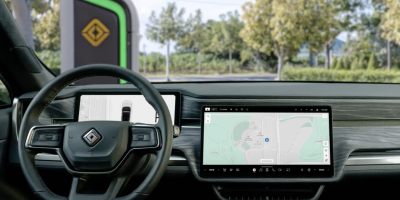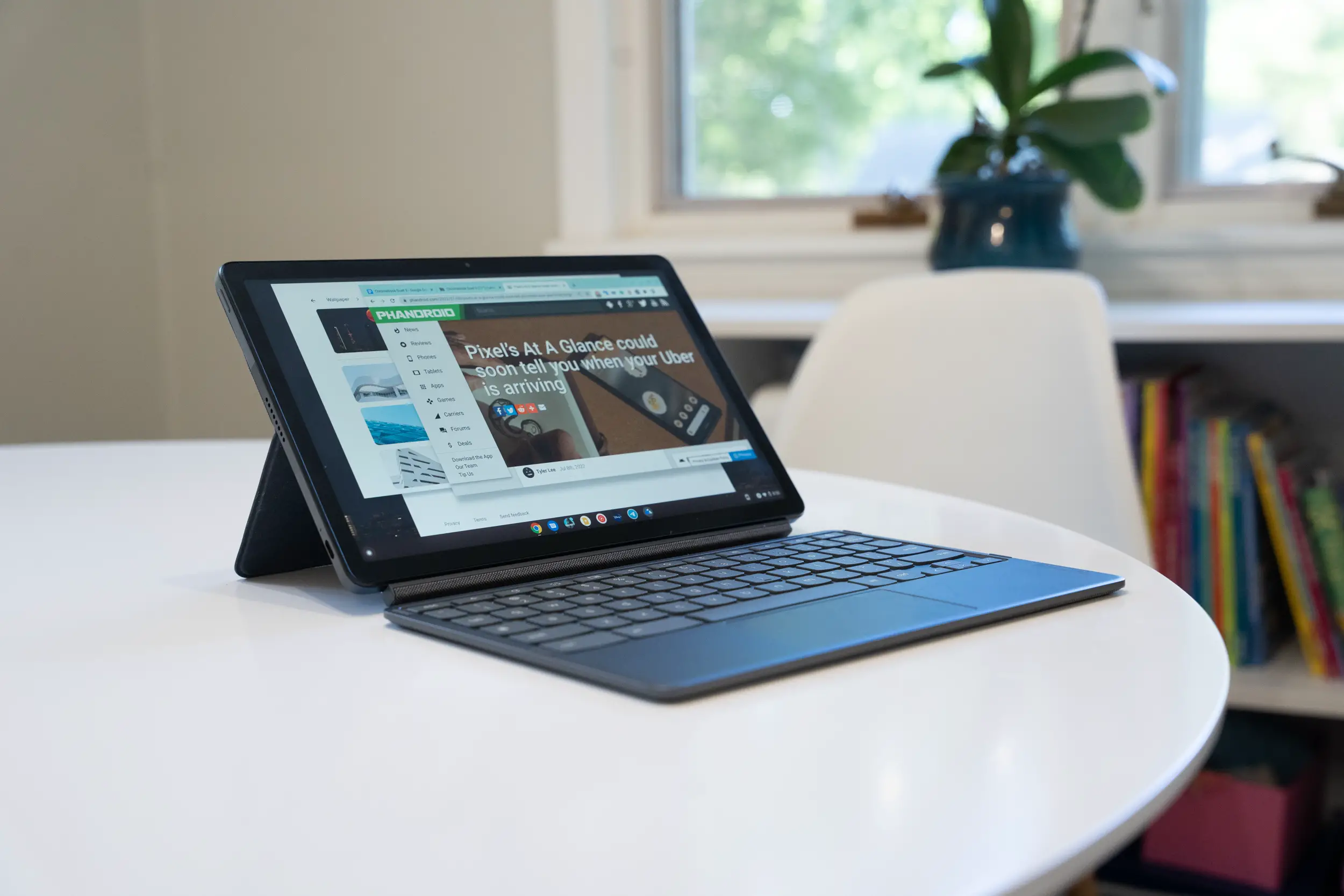No, we’re not talking about the movie. We’re talking about space! Danny Pier – an Android developer whose dreams aren’t limited to the sky (what would the early morning be without a bowl of punflakes?) – wants to see an Android phone up in space doing some galactic work.
The project is named Astdroid and would see the ascent of a helium balloon with an Android device enclosed. That device will be the HTC EVO 4G, which Pier says he “think it’s meant for something greater.”
When the balloon reaches its maximum altitude, it should burst and send the phone falling back to earth. Using the device’s GPS functionality, it would be possible to pinpoint its exact location (possibly even while it’s spiraling back to soil) as well as take pictures and video. Its companion app is being developed right now and would help to push most of this along.
While the project”s short term benefits aren’t anything to write home about, Danny’s aim is to prove that a stable and well-built Android application could be used to reliably transmit accurate information to and from the device.
He’s stating the project will cost a good $1,800 to get off the ground (another helping of punflakes, anyone?) and you can help by “pledging” funds to it through fund-raising site KickStarter. As of the time of this posting, $230 has been pledged and it has to reach its goal by July 11th if we want to see this happen.
Does seeing something like this excite you for the possibilities Android could provide in the future?
[via CNET]












Wonk wonk.
Ummm, will a consumer device work like the EVO work in these atmospheric conditions?
If this could make my phone bill go down I would strongly consider it.
Maybe i’m missing something… but how could the evo buy the time needed for transmitting all the data collected? On its way down, by the time it’s able to connect to a network, it’ll be falling at so much speed that it’ll crash before sending “hello”…
@ hector: I don’t think the idea is to transmit data. I assume the idea is to have an app running that records GPS data, photos & video to internal memory. You don’t need a cell signal for any of those things.
I’m also curious as to how well this will work at -70C and high speed (when falling).
Edit: My bad, I see that he does want to send location data to earth on the way down. I agree, I don’t think that’s going to work too well. Cell towers transmit primarily in the horizontal plane, not vertically. I suppose you might get a couple points of data, right before it smashes into the ground. ;)
Why not just send Falcon Henne up in a balloon and have him call the developer from up there?
Should be able to work… this guy in the uk has already done something like this, not with a phone but a normal cam and GPS tracking:
http://www.dailymail.co.uk/sciencetech/article-1260323/British-aerospace-enthusiast-takes-NASA-style-photographs-using-helium-balloon-pocket-camera.html
Let’s hope it doesn’t land in the ocean or on somebody’s head :)
How about putting a parachute on it so you can get better photos and video quality?
The MIT class did the same thing for 150 dollars as did my high school class. http://www.youtube.com/watch?v=cETGMtSIlPw
Hey! It’s me! The aforementioned crazy developer!
First, thank you all for sharing your comments. You’re concerns about cell phone signal, temperature, speed, etc. are also my EXACT concerns. The truth is, we won’t know how it works until we try it!
That being said, I’m taking all this into consideration and doing the best I can to get accurate information. Since I’ve seen comments such as this in multiple locations I’ve tried to address them fully here:
http://www.kickstarter.com/projects/dannypier/astdroid-lets-send-a-smartphone-into-space/posts
Thanks for the feedback! You guys are awesome! Here’s hoping this works out!
-Danny Pier
GPS altitude restriction (60,000ft) will be something to be worked on. Difficult to simulate on the ground to see what the GPS unit does above the restriction (and if it self-recovers w/o power cycle). From what I’ve read online, the DoD spec says the GPS unit should be non-functional at 60kft AND 999knots, but many go non-functional at 60kft OR 999knots. (Think Boolean AND and OR, not common English usage AND and OR.) Also, how the GPS unit goes non-functional is not defined. I don’t know of a method of finding this out for the EVO 4G beyond actually contacting HTC directly and hoping the person who reads your email is interested enough to help you off the record. See http://diydrones.com/forum/topics/gps-module-for-high-altitude for one of my sources.
For altitude above the 60kft, you might be able to rig a dirty pressure sensor by having a small fan blow on the mic and guesstimate the pressure by the sound of the air-flow across the mic.
From my experience on scientific balloon flights up to about 130,000ft a simple, fail-resistant method of parachute deployment is to have the balloon attached to the center of the parachute. Then have the payload hanging below the parachute. That way during ascent, the weight of your payload helps keep the parachute closed, but ready to deploy once the balloon pops and everything starts falling.
I don’t know what G-Forces you should expect, but for our flights we have a design rating of 10Gs for when the parachute opens. (At 130kft there isn’t enough air to inflate the parachute, or provide air resistance during falling. Thus it accelerates to quite a high speed by the time the parachute opens. When the parachute finally fully inflates it quickly slows everything down, thus the 10G load rating for the payload.) Once you look up/calculate what sort of parachute loading you should expect, test out your parachutes from a car (preferably with someone else driving), to make sure it won’t rip.
If you have any technical questions (and won’t sue me for poor or mis-interpreted information), feel free to email me back.
We have been doing balloon launches for a while and using a G1 as part of the payload.
http://spaceballoonproject.blogspot.com/
actually a hacker group in SF has already sent an Android device up using a helium balloon. We used (and am still using) a G1 for our GPS and accelerometer data. Our last flight (2 weeks ago) reached over 80k feet.
@Sembazuru Not sure about the EVO, but HTC’s G1 dose cut out at 60k feet.